A music video contains specific conventions so that it is recognised by its audience. The main conventions include:
- Images cut to the beat of the song
- Performance & lip syncing
- Narrative/plot/story line
- Individual style (depending on artist and genre)
- Typically 3-4 mins in length
- Features the artist/band
- An advertisment of the band, genre and song
- An art form
- A music video will contain twice as many camera shots and edits as a feature film (typical of a two min film and video)
- Music videos contain an entire set of assumptions about gender roles and sexual identities
- Music videos will tend to unsettle sexual norms
- A music video will contribute to an image and reputation of a band/artist
History of the music video:
The music video originated in the 1930's in the form of a "soundie" and has adapted over the past 80 years into the modern day music video.
In the 1930/40's the Television was being introduced as entertainment and as a media form in homes as it was becoming affordable. The emergence of the TV left many music producers and record lables attempting to combat the success of the TV. This was where the Soundie was invented, a large TV like screen with Artists and bands miming to they're song (like a performance) with the song being played out of the soudie seperately. This re-established the music video of the time.
The 1950's. The rise of the teenager. Elvis was emerging onto TV screens, a sex symbol with a large target audience. He appeared in 25 feature films in which Elvis had the starring roles in which he performed heavily throughout- this combination of performance and narrative was a step up from the Soundie of the 30's and 40's. A key example of on of Elvis' films was Love me Tender, released in 1956.
The 1960's was based around two main Bands, The Rolling Stones and The Beatles. The Youth, again popular in this era opened the gateway for Youth Orientated films such as "A Hard Days Night", made in 1964 by Richard Lester. A fictional example of the every day life of the Beatles on tour. Showing The Beatles popularity whilst also showcasing their talents on tour and perfoming. Also presenting the rebelion of the younger generation in contrast to the bitter appearing older generation, reflecting on the time the film was made. The Monkees were also on a rise of popularity at the time, rising through a TV programme.
After this during the 1970's, Documentary films which included live performances and interviews with bands and artists were arriving on TV screens. An example is "Gimme Shelter" from 1971 which showcased the Rolling Stones. This was the main source of music videos at the time, another example was "Stones in the park" again, showcasing the Rolling Stones, this was a documentary of the Rolling Stones concert which took place in Hyde Park and included interviews.
The turning point which saw the future into modern day music videos came with Queen and Bruce Gowers, the creator of the music video "Bohemian Rhapsody". This Video saw the sucess of Queen as this song was 9 weeks at number one. The video was a risk taker as it was 6 minutes long, different to what had come previously as it showed the artists live performance along with the famous "floating heads", creating a more dynamic video in a shorter time. This contributed to the development and conventions of the modern day music video (lip syncing, images cut to beat of song ect.)
The 1980's came with the establishment of the ever popular MTV as it gave access to music all in one place. First launced in America in 1981 and then introduced in Britian in 1984 and contributed to increasing record sales. The first video to be showed on the UK MTV was "Money for nothing" by Dire Straits.
Subversion of the pop video came straight after this in the form of Micheal Jacksons "Thriller", perhaps one of the most memorable and famous videos of our time. This video subverted the norm as it was 14 minutes long, unique with a horror genre and was different to the album version in a number of ways. Based on "American werewolf in London", John Landis created this sucessful video selling 35million copies worldwide. The video shows Micheal Jackson showcasing his talents and relies on performance and a large story line, it also has a voice over and dialouge. Very different to the typical pop video.
From this, others began to subvert the video too, a recent version includes "Smack My bitch up" by The Prodigy, going against the norm of the video, producing explicit content and subverting gender roles by reversing what the audience think is a male role actually being female (revealed at the end of the video). The video was banned from MTV and has been flagged on youtube also therefore showing how explicit this video is and how it goes agains the typical conventions. As well as this, it could have possibly affected The artists reputation suggested in the conventions of music videos (top of page).
A main convention of modern pop videos in the objectification of the female body, an example of this is "Crazy in Love" by Beyonce, featuring Jay-Z, the video shows Beyonce dancing and there is slow paced editing used to show and objectify her body, the costumes are also adding to the sexual identity of Beyonce. The modern day video consists of producing sexual representations of women and this has become a convention of the ever adapting music video.
A Brief history in pictures:
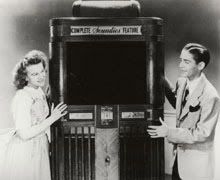


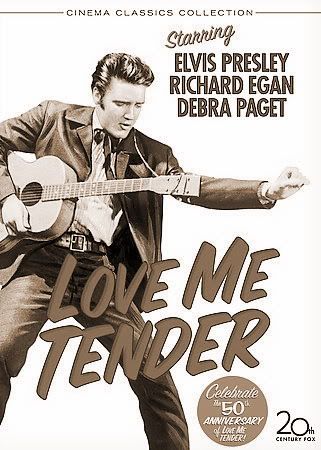

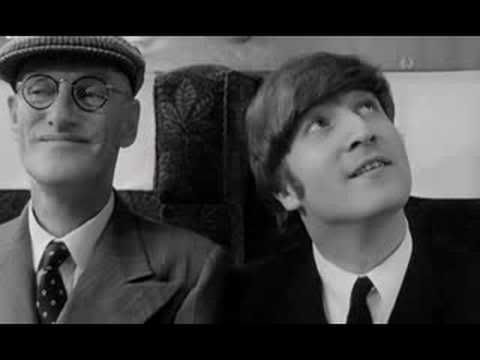


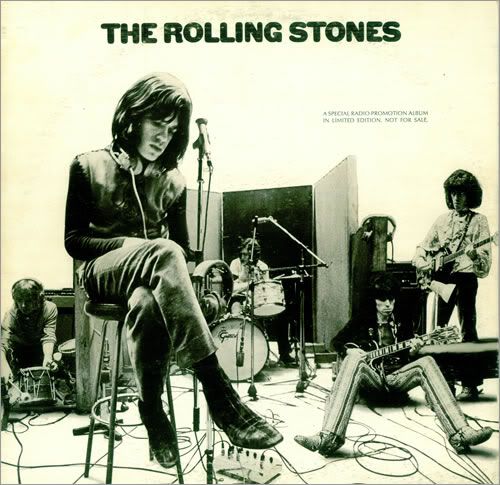



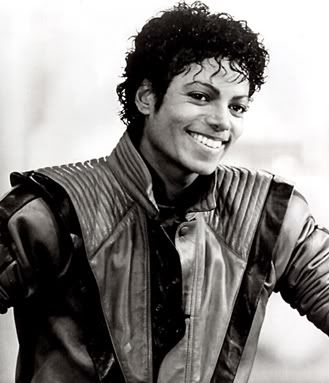
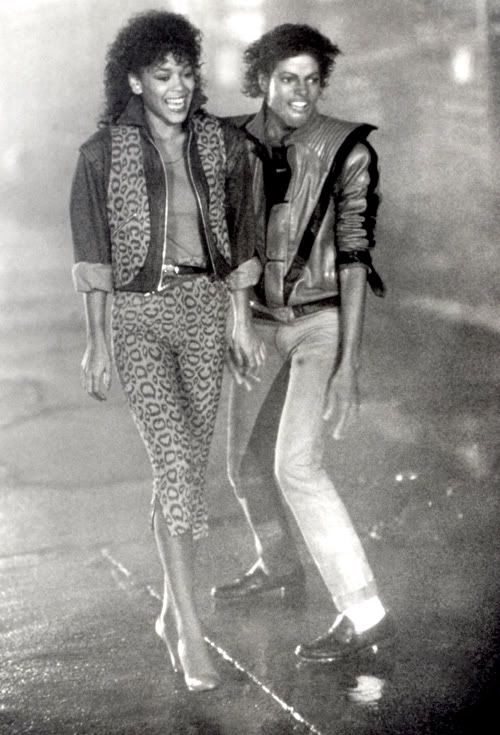


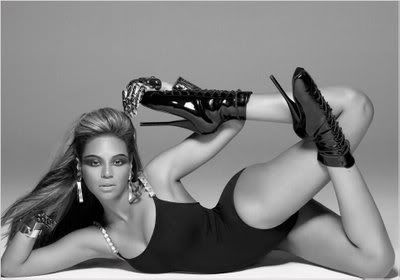
No comments:
Post a Comment